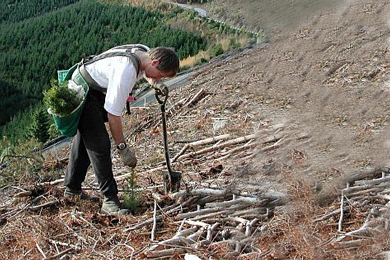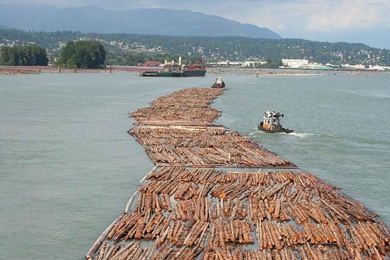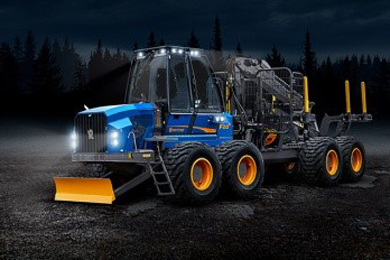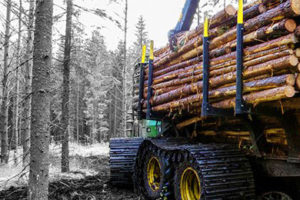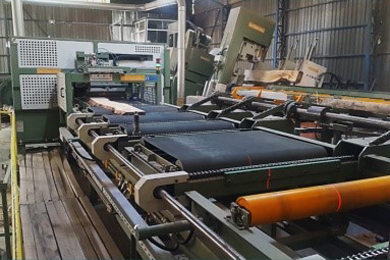In December 2018, Te Uru Rākau, the Forest Owners Association and the Forest Industry Contractors Association, with support from Competenz, surveyed the New Zealand silviculture and harvesting sectors’ labour requirements for 2019. The results were published last month. As the move into planting season begins, the responses and results from the survey you may find interesting.
The survey was designed to better understand:-
- Expected labour requirements, both seasonal and permanent roles, for the 2019 calendar year; – for which roles, and in which regions, silviculture contractors and harvesting contractors are experiencing challenges; – the recruitment strategies people intend to use in 2019; and – the industry’s views of the key reasons for the labour shortages. Some of the findings include;
- Silviculture contractors involved in planting estimate that they will need approximately 1,780 workers for 2019, an increase of 750 workers or around 73 percent on 2018.
- The main regions for forestry employment are Waikato, Gisborne, Bay of Plenty and Northland.
- The survey respondents estimate that the forestry workforce for silviculture and harvesting will increase by 36 percent in 2019.
- Silviculture contractors are looking to increase their number of seasonal workers in 2019. However, 54 percent of the new planting jobs (approximately 400 of the 750 new jobs) are still expected to be permanent roles. As a result, the silviculture workforce in 2019 is expected to be 64 percent permanent and 36 percent seasonal. If these permanent staff are retained, silviculture contractors will be better placed for the 2020 planting season.
- There are regional differences –In Northland all new jobs are expected to be permanent where as in Southland and Bay of Plenty most new jobs are expected to be seasonal.
- While overall the forestry sector permanent workforce increased in 2018 (that is, more people were hired in 2018 than left), 25% of permanent workers left the firms they were working for during the year.
- Contracting organisations (silviculture and harvesting contractors) had a much higher percentage of their permanent staff leaving during the year than other forestry entities. This suggests that even though silviculture and harvest contractors offer permanent employment, they face difficulties retaining staff.
- Almost 70% of silviculture contractors expect to plant more than last year, with nearly half of respondents expecting to plant more than 20% more, and around 15% of respondents expecting to 50% or more than they did last year.
To look over the results from the full survey, click here.
Source: Primary Industry Capability Alliance




